Domestic cats have been companions to humans for thousands of years, adapting to many environments along the way. As cities have grown, so too have the numbers and adaptability of domestic cats. Their remarkable transition from wild, solitary hunters to urban dwellers offers insights into both feline behavior and urban ecology.
The Origins of the Domestic Cat
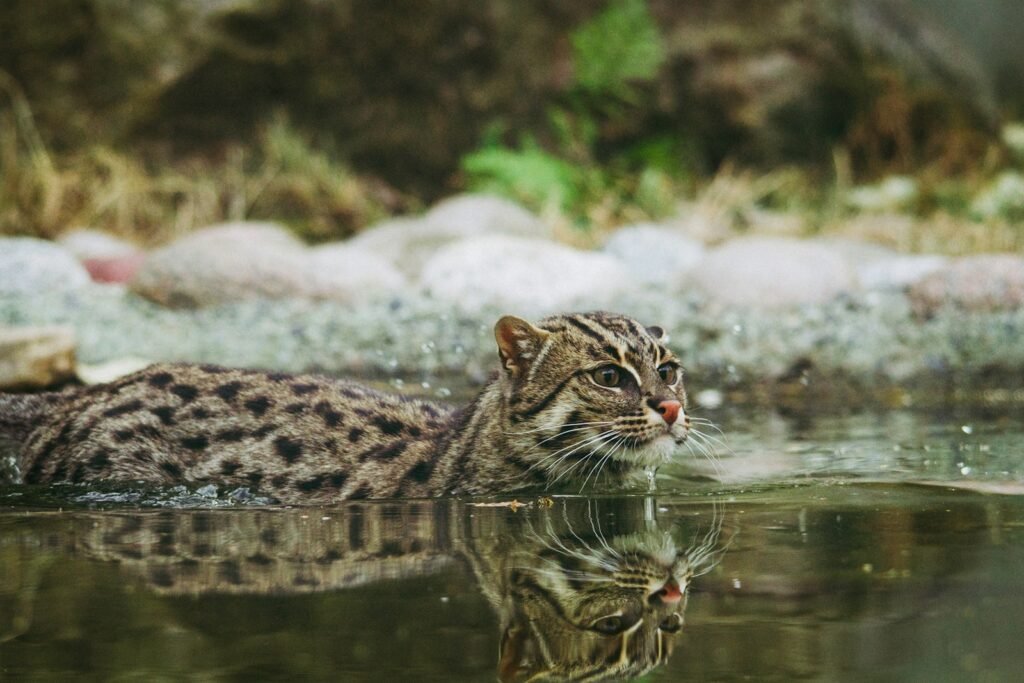
The domestic cat (Felis catus) is believed to have descended from the African wildcat (Felis lybica). These wildcats began their relationship with humans around 9,000 years ago when agricultural practices created villages and, consequently, an abundance of small rodents. Cats gradually adapted to these environments, benefiting both themselves and human communities.
The Emergence of City Environments
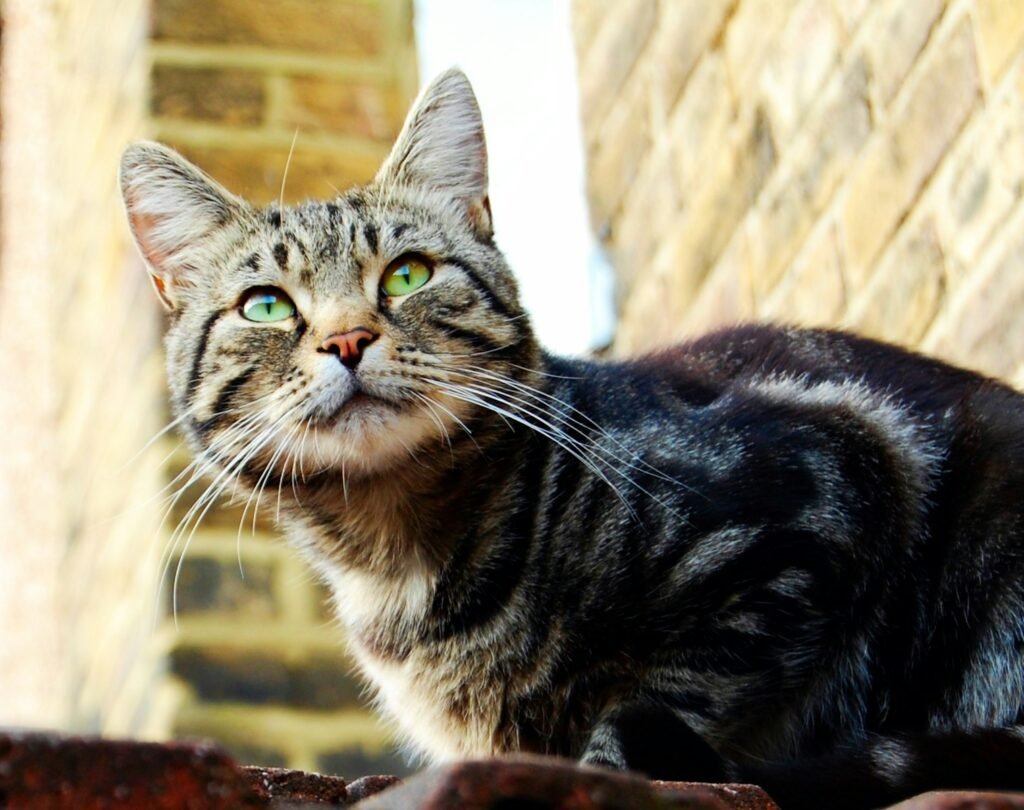
With the rise of urban centers, domestic cats found themselves in new and increasingly complex environments. Cities offered both challenges and opportunities, requiring cats to employ a range of adaptive strategies. Cats’ natural resourcefulness has allowed them to thrive in bustling urban settings.
Adaptability and Resourcefulness
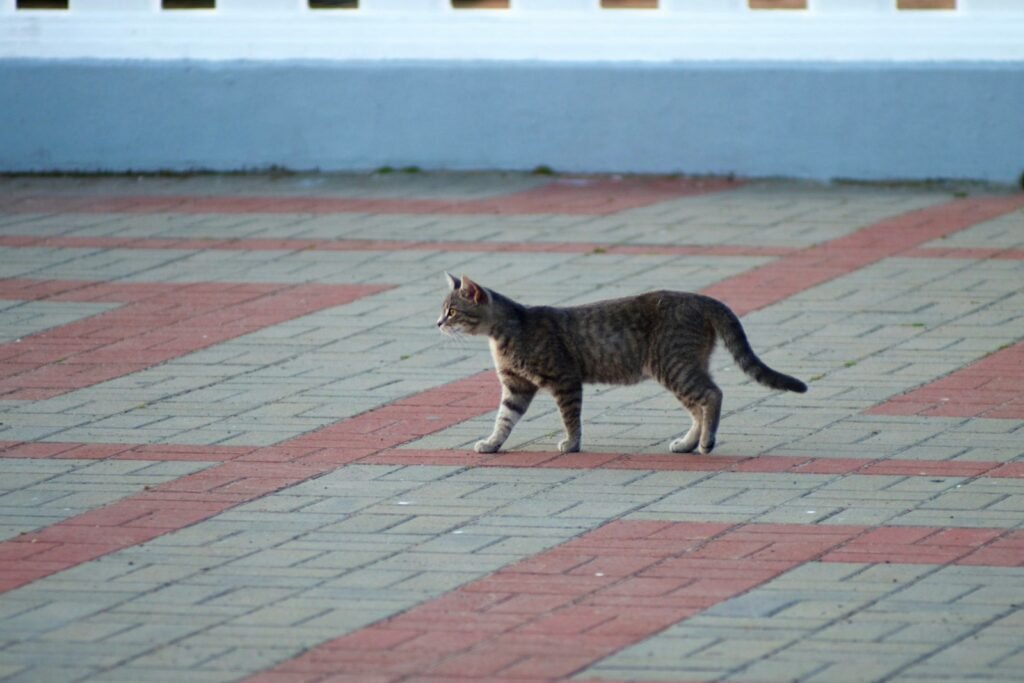
One of the key traits that has enabled domestic cats to adapt to city life is their incredible resourcefulness. Cats are naturally curious and quick learners, traits that help them navigate the intricacies of urban landscapes. They have learned to locate food sources, find shelter, and avoid threats within cities.
Diet in Urban Areas
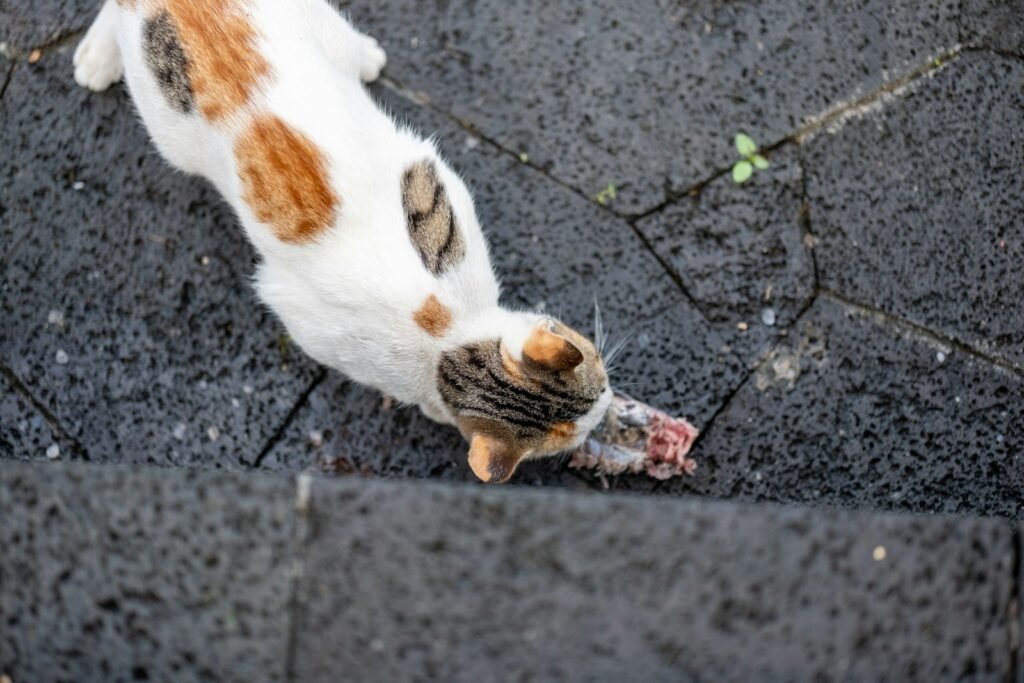
In cities, domestic cats have a varied diet that differs significantly from their rural counterparts. They often scavenge and hunt for food, taking advantage of the plentiful garbage and small animals found in urban areas. Cats have become adept at exploiting these food sources, maintaining their survival and even flourishing within cities.
Behavioral Adaptations
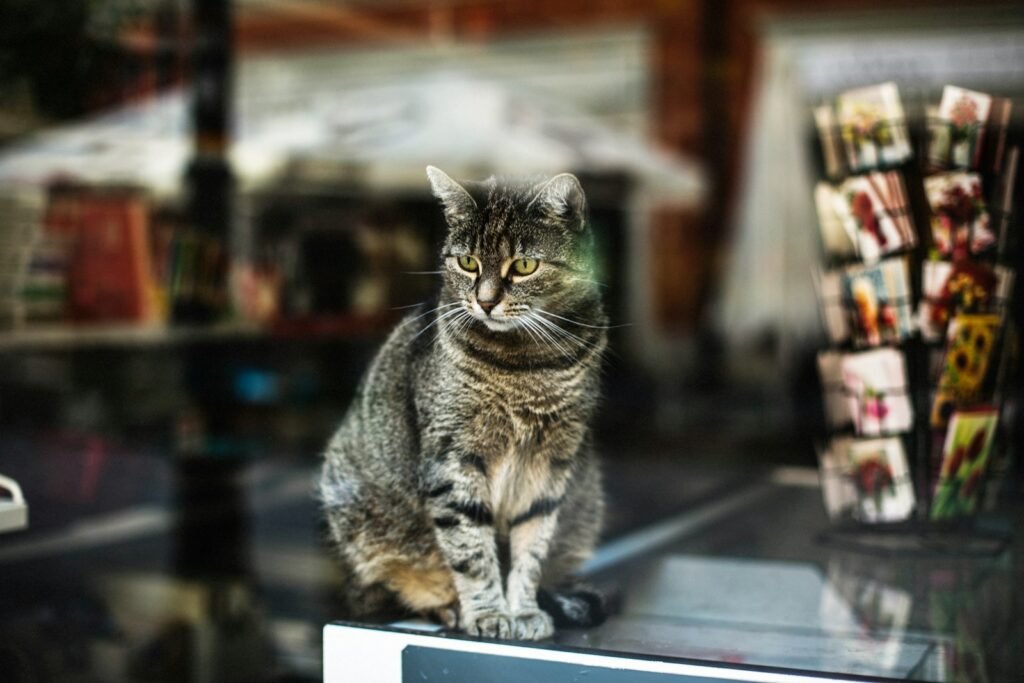
Urban environments have prompted several behavioral changes in domestic cats. They have become more nocturnal, likely as a strategy to avoid human activity during the day. This shift allows them to explore and exploit the city while minimizing confrontations with humans and potential threats.
Social Dynamics and Territory
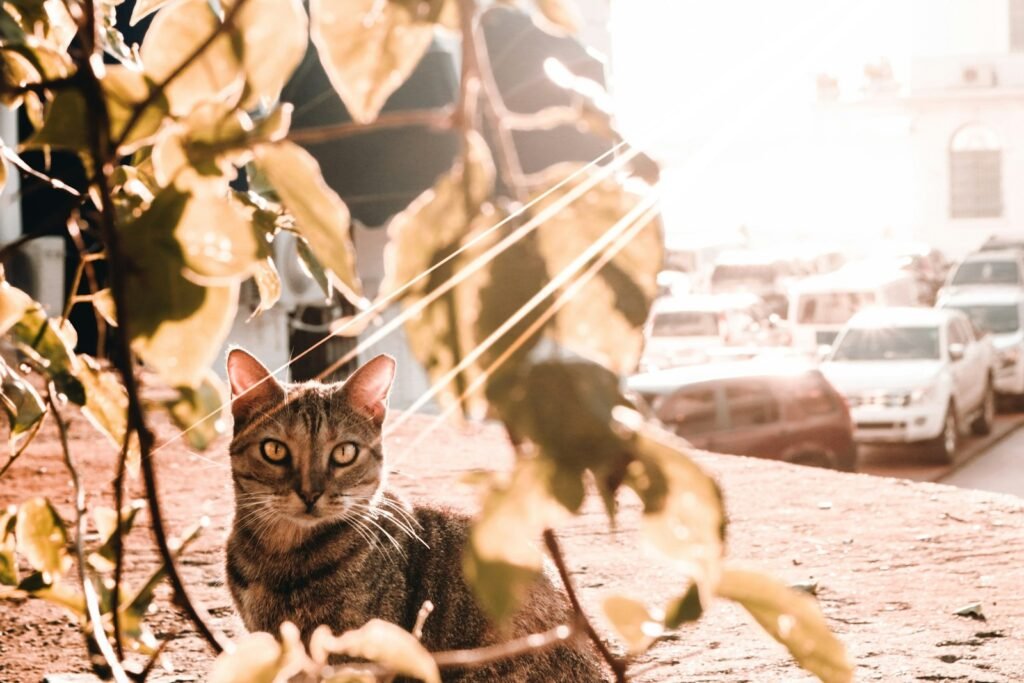
While cats are naturally solitary hunters, city life has encouraged some degrees of social adaptation. Urban cats often develop loose colonies, particularly around abundant food resources. These colonies may consist of related individuals who share resources and cooperatively rear young. Cats have also adapted their territorial behaviors to the smaller, overlapping spaces of cities.
Influence of Human Interaction
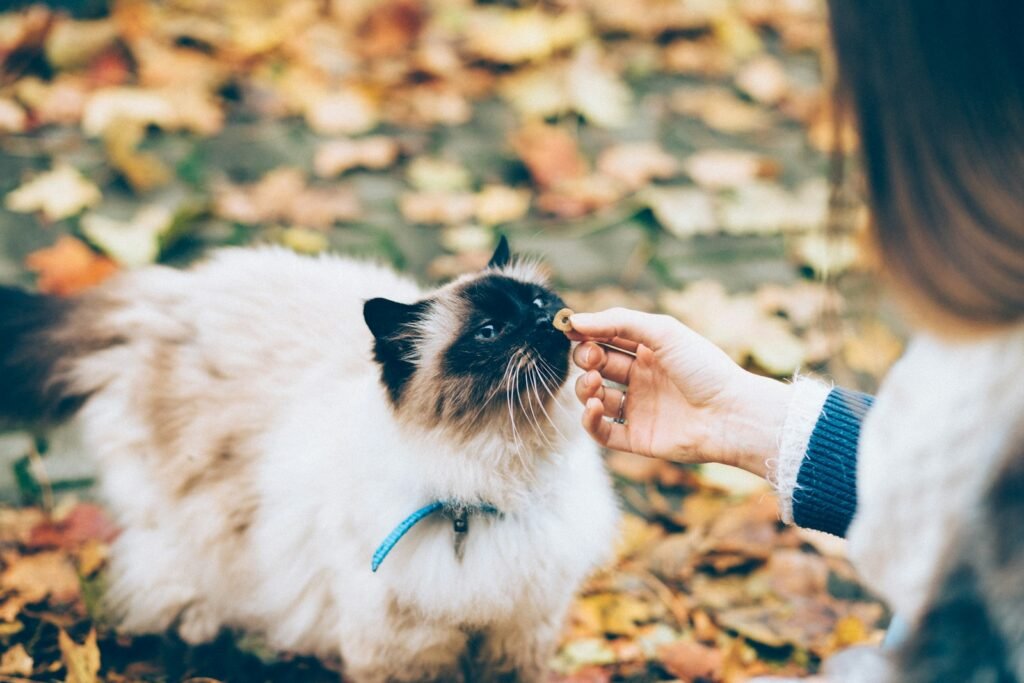
Domestic cats in urban environments frequently interact with humans, whether as pets or community cats looked after by local residents. These interactions have influenced their behavior and adaptability. Pet cats, for example, may return to instinctual hunting behaviors if allowed outside, showing a flexible adaptability to both domestic and wild life.
Health and Survival Challenges
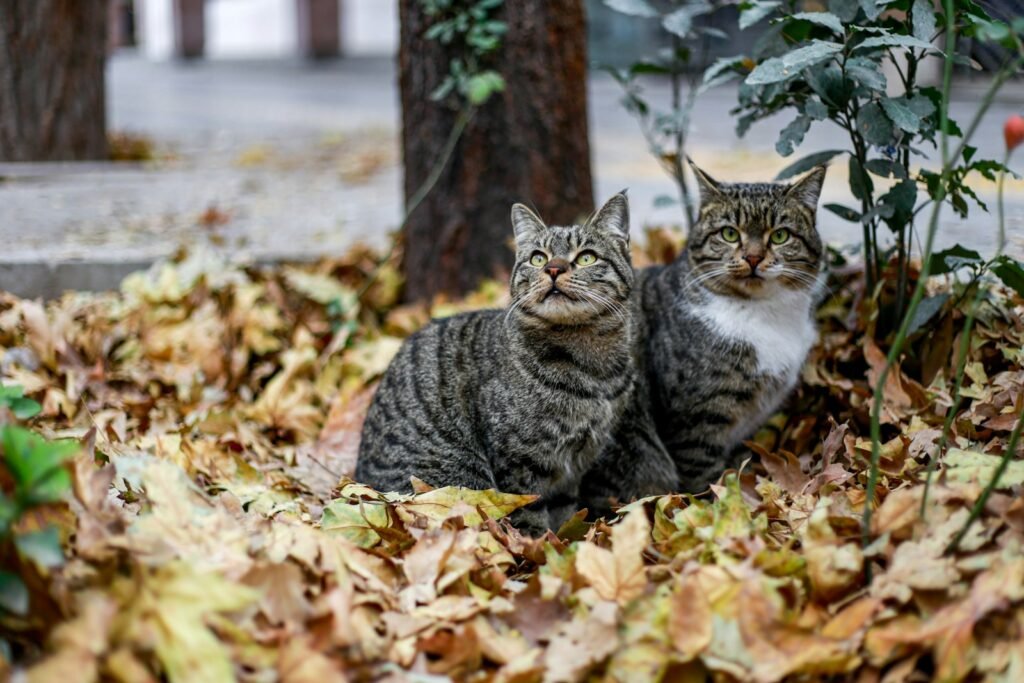
Despite their adaptability, urban environments pose unique health challenges for cats. They face risks from traffic, disease, and exposure to harmful substances. Additionally, the close quarters of city living can facilitate the rapid spread of diseases. However, many cities have implemented measures such as community cat programs to promote health and control populations.
Conservation and Management Efforts

Recognizing the challenges faced by urban cats, many cities have developed programs to manage and support them. Trap-neuter-return (TNR) programs aim to control the population of community cats humanely, reducing birth rates and improving health. Such initiatives help balance the needs of urban cat populations with those of human residents.
The Future of Urban Cats
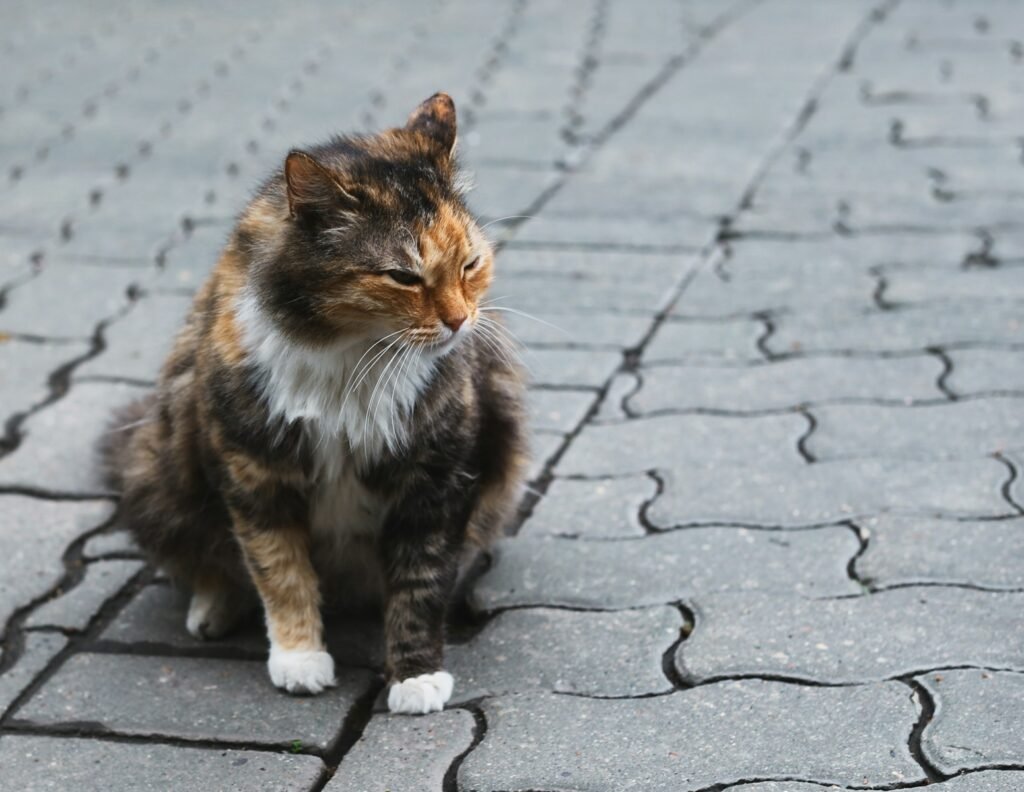
As cities continue to grow and change, so too will the ways in which domestic cats adapt to these environments. Monitoring these changes will remain important for understanding urban ecology and the interaction between human and animal communities. Domestic cats’ ability to adapt to urban environments underscores their resilience and the evolving nature of their relationship with humans.
Conclusion
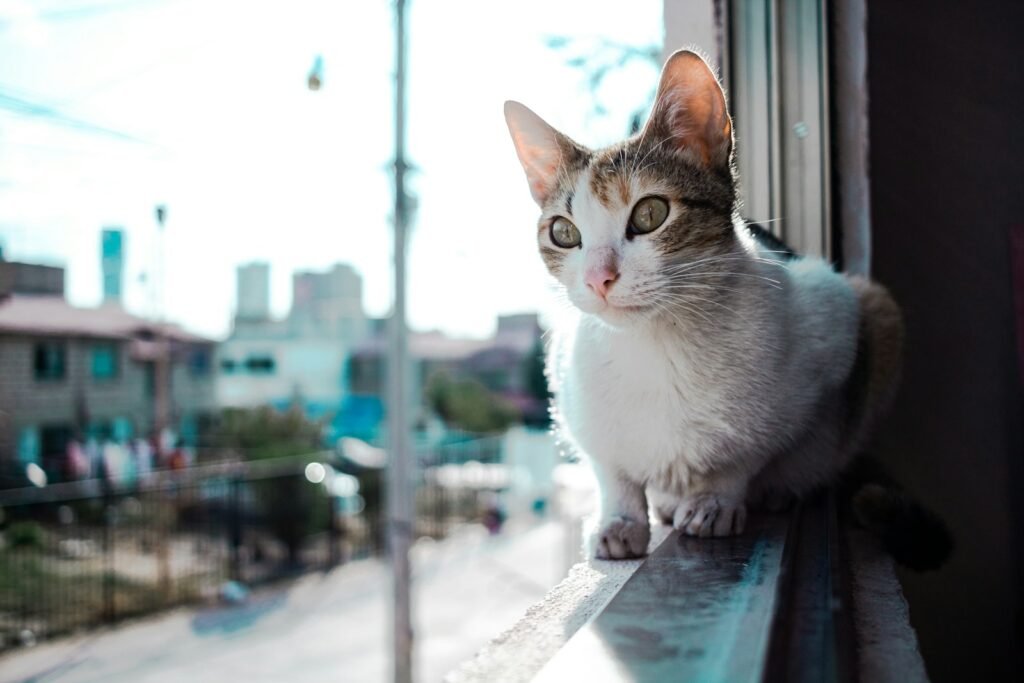
Domestic cats have shown remarkable adaptability to city life, evolving behaviors and strategies to ensure their survival and success. Understanding these adaptations not only enriches our knowledge of these enigmatic companions but also enhances our insights into the complex interactions within urban environments.

Growing up traveling and experiencing new cultures and wonders, I have had a passion for nature, adventuring, photography, and videography. I am currently working towards a BSc in Biodiversity and Ecology at Stellenbosch University, and I hope to specialise in Marine Sciences one day.
Please send any feedback to Feedback@animalsaroundtheglobe.com






